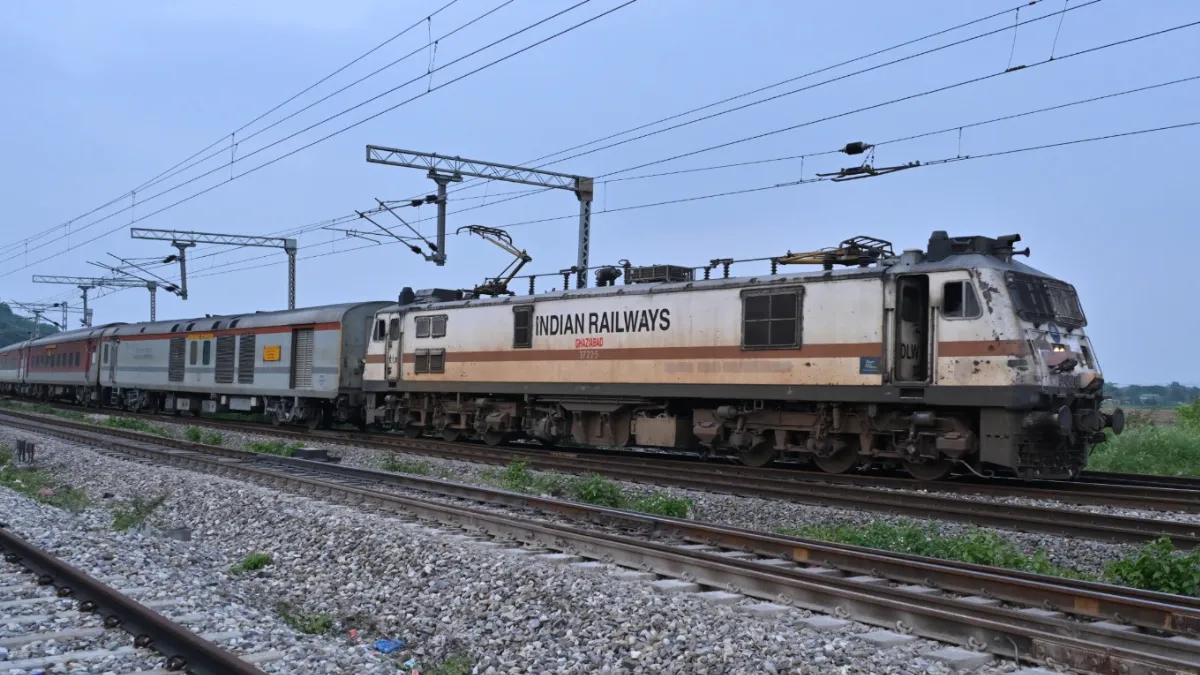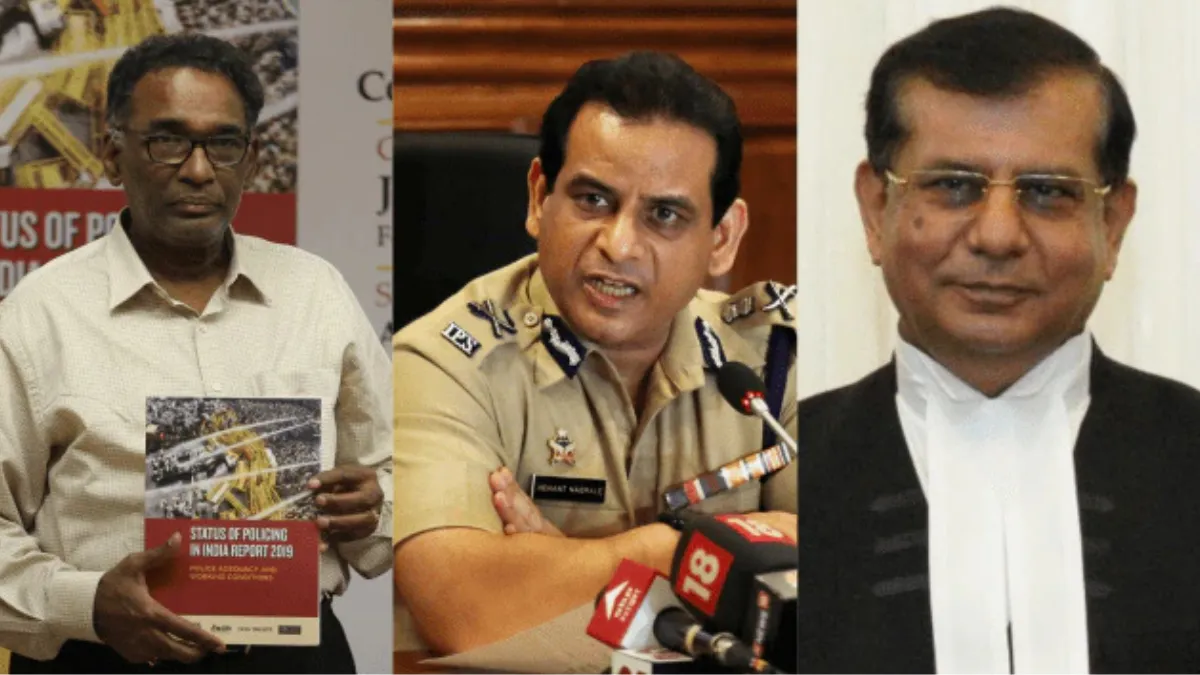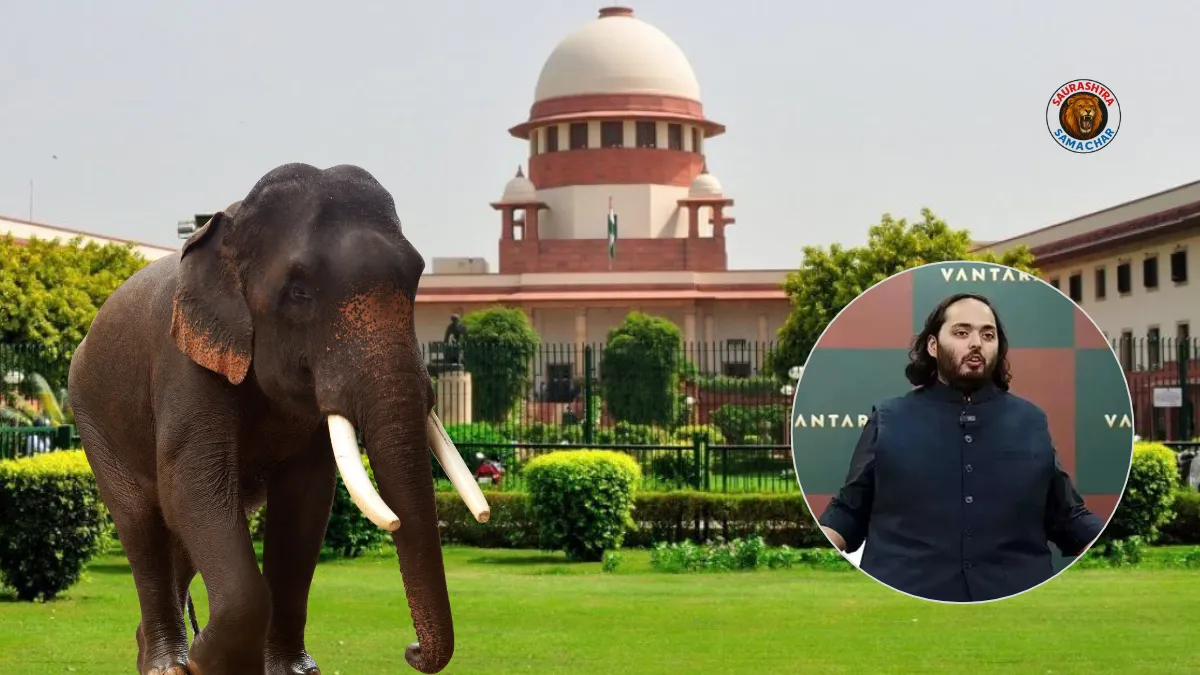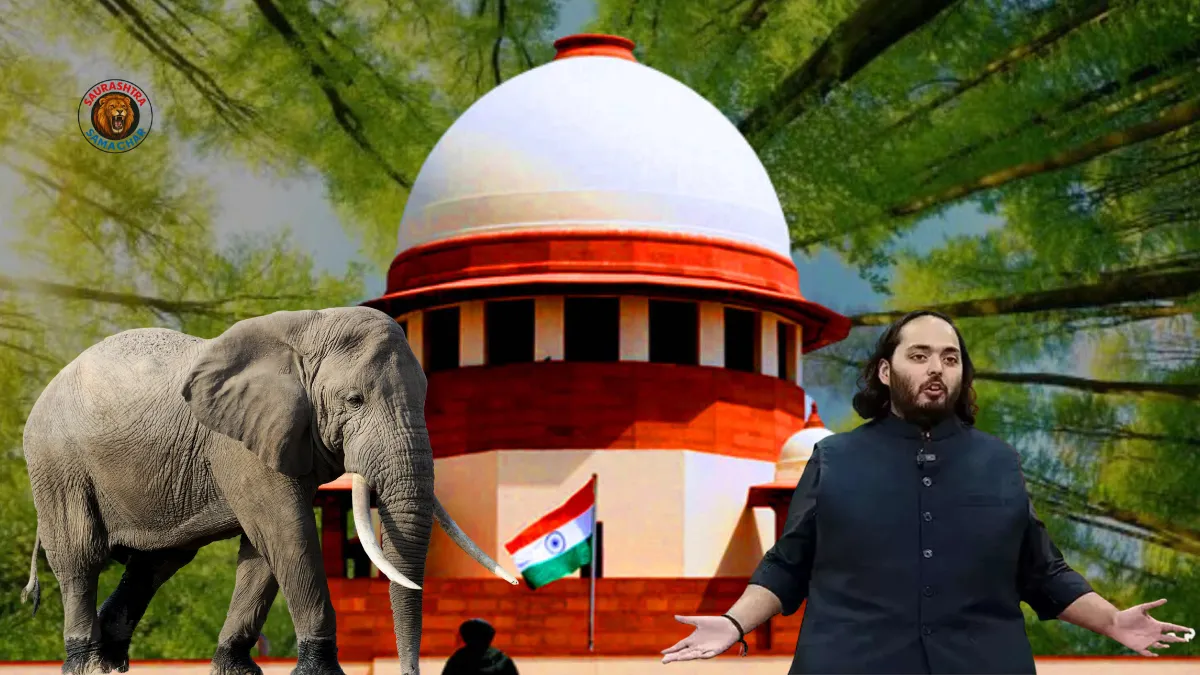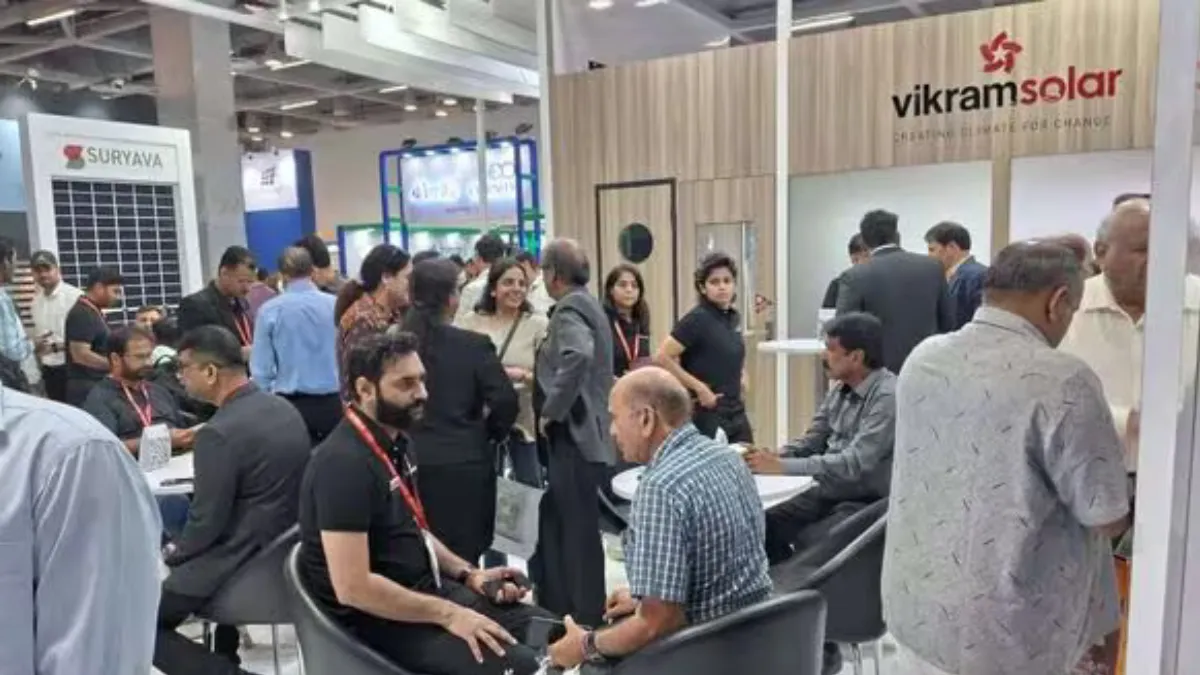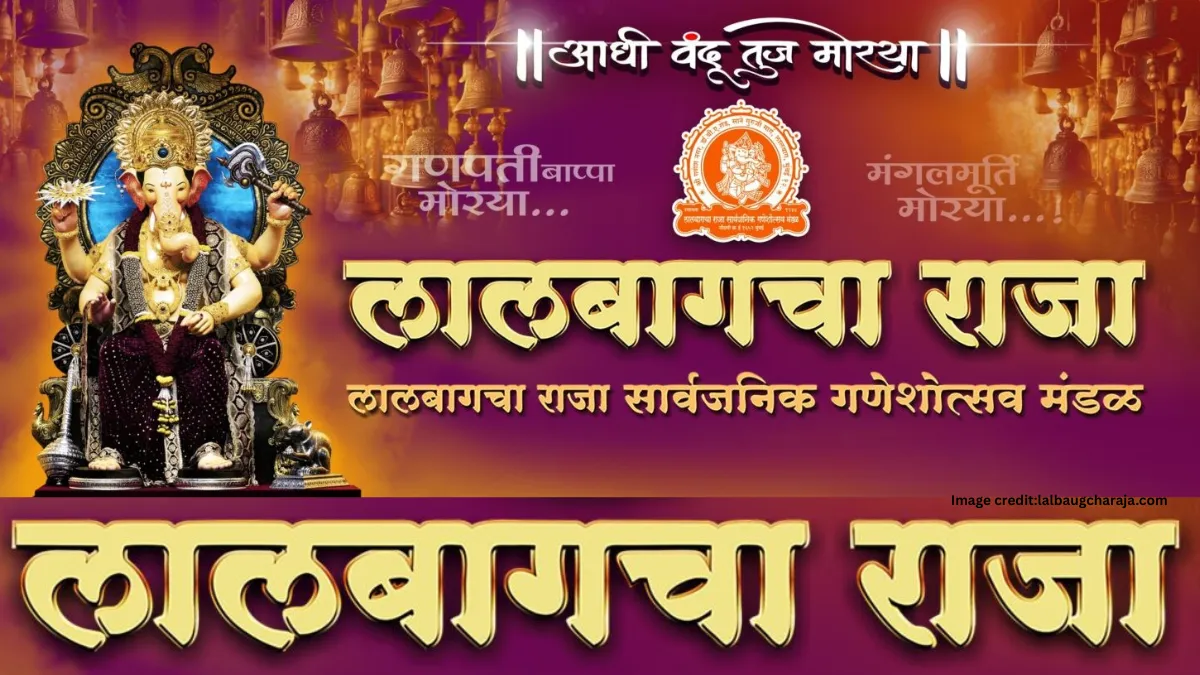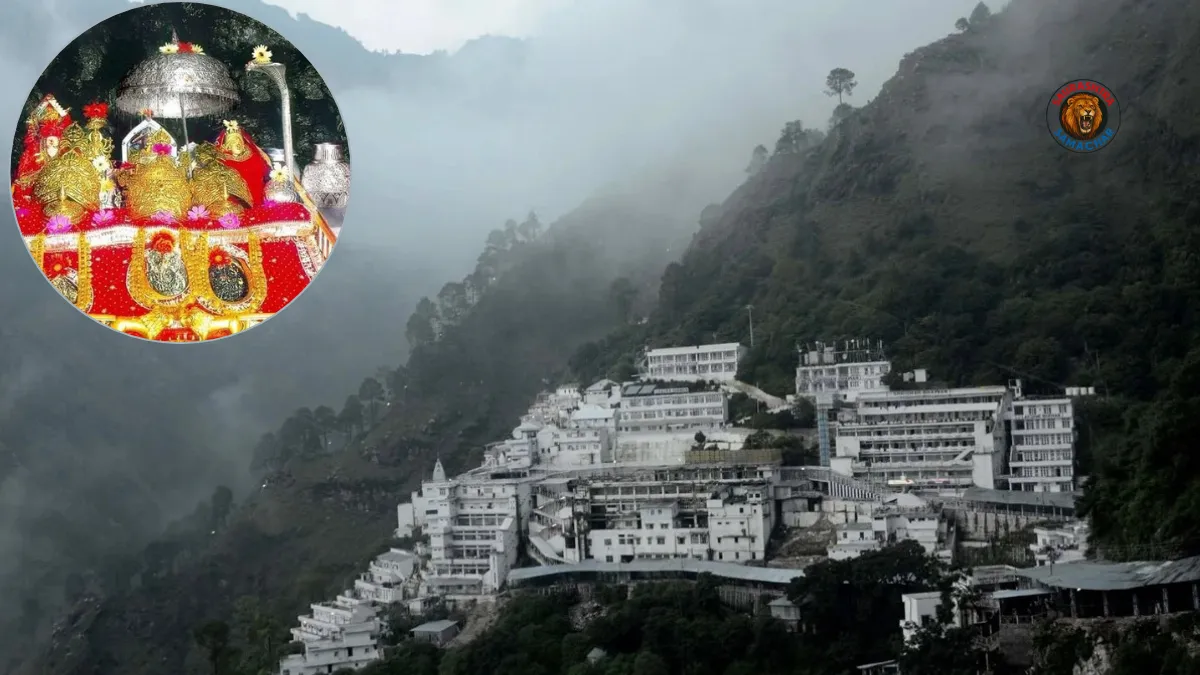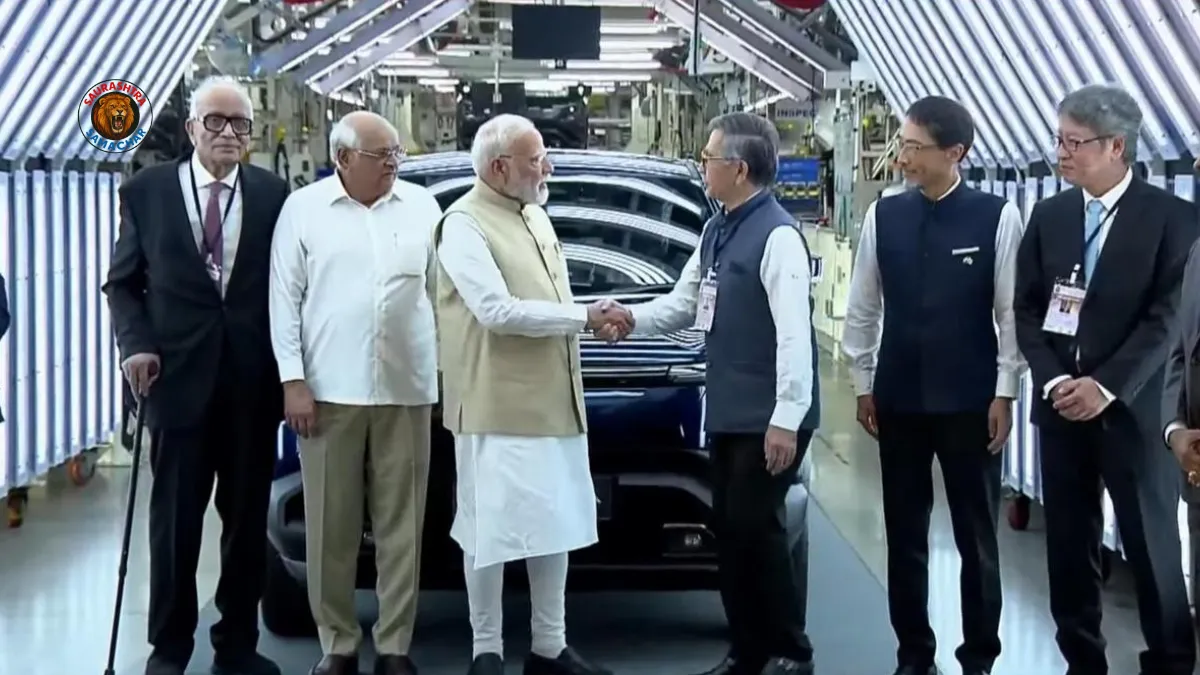Cabinet approves ₹12 328 crore railway projects to boost regional connectivity, improve freight movement, and accelerate India’s infrastructure growth. The Union Cabinet, chaired by Prime Minister Narendra Modi, has cleared four major railway projects spread across Gujarat, Karnataka, Telangana, Bihar, and Assam. These projects, collectively worth around ₹12,328 crore, are expected to transform passenger travel, reduce congestion, and create thousands of employment opportunities.
Strengthening Railway Infrastructure Across India
The government’s decision to approve these projects comes at a time when the Indian Railways is undergoing massive modernization. India’s rail network, one of the largest in the world, has been witnessing rising demand for both passenger and freight movement. The latest approvals aim to strengthen this backbone of the economy by adding 565 new route kilometers across five states.
The projects include:
- New Deshalpar–Hajipir–Luna and Vayor–Lakhpat line in Gujarat’s Kutch region
- Secunderabad (Sanathnagar)–Wadi third and fourth line in Karnataka and Telangana
- Bhagalpur–Jamalpur third line project in Bihar
- Furkating–New Tinsukia doubling project in Assam
Each project has been strategically chosen to meet regional needs—whether it is boosting tourism in Gujarat, supporting freight in Karnataka and Telangana, easing congestion in Bihar, or expanding connectivity in Assam.
Gujarat Project: Connecting Remote Areas of Kutch
One of the most significant approvals is the new railway line in Gujarat’s Kutch region, estimated at ₹2,526 crore. Covering 145 route km and 164 track km, the project will connect Deshalpar–Hajipir–Luna and Vayor–Lakhpat.
This project is a major milestone for western India because:
- It will provide connectivity to remote villages of Kutch, one of the country’s largest districts by area.
- It will benefit 866 villages and nearly 16 lakh people.
- A total of 13 new stations will be constructed, making travel easier for residents and tourists.
- The rail line will transport essential goods such as salt, cement, coal, clinker, and bentonite, all key commodities from Kutch.
Importantly, the project will give a major tourism boost. The line will connect world-famous destinations such as the Rann of Kutch, the Harappan heritage site of Dholavira (a UNESCO World Heritage site), Koteshwar temple, Narayan Sarovar, and the Lakhpat fort. With the increase in domestic and international tourism in Kutch, the railway line is expected to become an economic lifeline.
Karnataka and Telangana Project: Secunderabad–Wadi Line Expansion
The largest investment among the four projects is the Secunderabad (Sanathnagar)–Wadi third and fourth line, approved at a cost of ₹5,012 crore. Spanning 173 km, the project will cover areas in Karnataka and Telangana and is expected to be completed in five years.
Key highlights include:
- The project will benefit Kalaburagi, an Aspirational District in Karnataka, improving connectivity for its residents and industries.
- It will help handle the growing passenger and freight traffic on this busy route.
- By adding extra tracks, the line will significantly reduce congestion and delays, ensuring faster train operations.
This stretch is vital for freight traffic movement, particularly for industries in Hyderabad and north Karnataka. It will also strengthen links between central and southern India.
Bihar Project: Bhagalpur–Jamalpur Third Line
The Cabinet has also approved the Bhagalpur–Jamalpur third line project in Bihar, with an investment of ₹1,156 crore. The 53 km long track will be completed within three years.
Bihar, with its dense population and rapidly growing economy, faces immense railway congestion. The Bhagalpur–Jamalpur stretch is particularly important because:
- It serves as a key link for coal, agricultural products, and industrial goods.
- The third line will improve punctuality and enhance the capacity of passenger trains.
- It will reduce pressure on the existing two lines, ensuring smoother operations.
The project is expected to improve regional connectivity in eastern India and enhance opportunities for trade and commerce.
Assam Project: Furkating–New Tinsukia Doubling
In the northeast, the Furkating–New Tinsukia doubling project in Assam has been sanctioned at a cost of ₹3,634 crore. Covering 194 km, the project has a timeline of four years.
The northeast region has long been a focus area for infrastructure development. This project will:
- Provide a boost to connectivity between upper Assam districts.
- Enhance movement of tea, coal, petroleum, and agricultural goods, which are key exports of Assam.
- Strengthen passenger services in a region where rail is one of the main modes of transport.
This doubling project will also support the strategic importance of Assam by improving connectivity with neighboring states and countries under India’s Act East Policy.
Employment and Economic Impact
Together, the four projects will generate 251 lakh human-days of employment during the construction phase. This is a significant contribution to job creation, especially in rural and semi-urban areas where employment opportunities are limited.
Once completed, the projects are expected to benefit around 3,108 villages and more than 47 lakh people. By creating better connectivity, they will also support self-employment opportunities, particularly in tourism, trade, and small businesses.
Freight and Passenger Benefits
The capacity expansion will allow Indian Railways to carry an additional 68 million tonnes of freight annually. This includes:
- Coal, cement, and steel for industries
- Containers and fertilizers for agriculture
- Petroleum products and automobiles
- Agricultural commodities from rural India to markets
For passengers, the new and expanded lines will reduce congestion, improve train frequency, and enhance travel comfort. Travelers in remote and underserved regions will especially benefit.
Environmental and Climate Benefits
A major highlight of these projects is their contribution to sustainability. Officials estimate that once operational, the new infrastructure will help reduce 360 crore kg of CO₂ emissions, which is equivalent to planting 14 crore trees.
By reducing dependence on road transport for freight, the projects will help cut down on oil imports, lower logistics costs, and support India’s climate goals.
Alignment with PM Gati Shakti and Atmanirbhar Bharat
The Cabinet emphasized that the projects are part of the PM Gati Shakti National Master Plan, which aims to build integrated, multimodal connectivity for faster economic growth.
The Ministry of Railways also highlighted that the projects align with Prime Minister Modi’s vision of Atmanirbhar Bharat (self-reliant India). By creating local jobs, improving freight efficiency, and supporting tourism, the projects are expected to generate long-term socio-economic benefits.
Key Details of the Approved Railway Projects
| Project | State(s) | Cost (₹ crore) | Length (km) | Timeline | Key Benefits |
|---|---|---|---|---|---|
| Deshalpar–Hajipir–Luna & Vayor–Lakhpat New Line | Gujarat | 2,526 | 145 route km (164 track km) | 3 years | 13 new stations, boost to tourism, freight movement |
| Secunderabad–Wadi 3rd & 4th Line | Karnataka & Telangana | 5,012 | 173 km | 5 years | Benefits Kalaburagi, reduces congestion, improves freight |
| Bhagalpur–Jamalpur 3rd Line | Bihar | 1,156 | 53 km | 3 years | Improves punctuality, enhances capacity, supports trade |
| Furkating–New Tinsukia Doubling | Assam | 3,634 | 194 km | 4 years | Boosts connectivity, supports tea, coal, petroleum trade |
Also read: Modi Visit Ahmedabad: PM to Inaugurate Housing Units and Launch ₹5,477 Crore Projects
Conclusion: Cabinet Approves ₹12 328 Crore Railway Projects
The approval of these four major projects underlines the government’s commitment to expanding India’s railway infrastructure in a balanced and inclusive manner. By investing ₹12,328 crore, the projects will not only improve connectivity but also generate employment, boost tourism, support freight, and contribute to India’s climate goals.
With the Cabinet’s nod, the projects mark another step toward building a modern, efficient, and eco-friendly rail network that supports both economic growth and sustainable development.
In short, the latest decision where the Cabinet approves ₹12 328 crore railway projects is set to reshape connectivity across Gujarat, Karnataka, Telangana, Bihar, and Assam—laying stronger tracks for India’s future.
